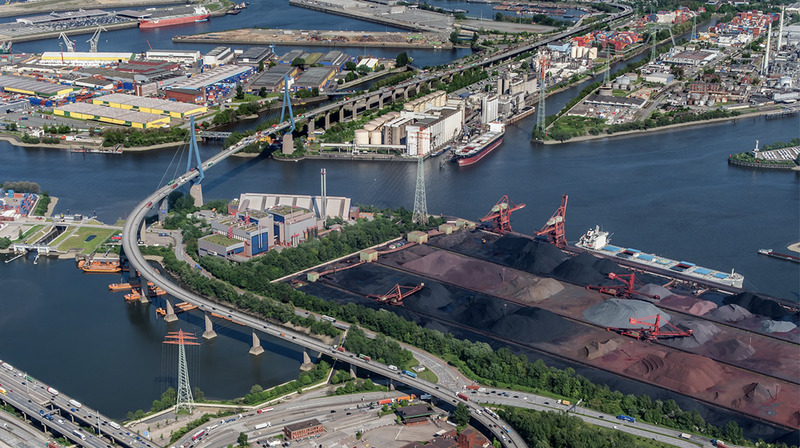
Hamburg Port Authority (HPA) in Germany has been able to start predictive – rather than reactive – maintenance on the city’s Köhlbrand Bridge thanks to a digital twin of the structure it created with software from Nemetschek Group.
Built in 1974, the cable-stayed Köhlbrand Bridge is Germany’s second-longest road bridge and one of its busiest. It carries some 36,000 vehicles a day and is vital to the local economy.
Given the age of the bridge, HPA decided that continuous real-time monitoring was the best way to identify repairs and minimise traffic disruption.
Starting in 2019, a BIM model of the bridge was designed from scratch using Nemetschek’s Allplan and Solibri products.
The entire bridge structure and its individual components can now be visualized in the comprehensive model.
More than 500 Internet of Things sensors were connected to a digital sensor in the bridge model, providing the real-time monitoring that HPA wanted.
The digital twin also lets HPA run simulations to test different ways of fixing problems that arise.
Despite being an as-built model, the design process still required a BIM execution plan and agreement among all parties on the element taxonomy and level of detail requirements.
HPA chief executive Jens Meier said his organisation “wanted to find a way to maintain and operate the bridge more effectively”.






